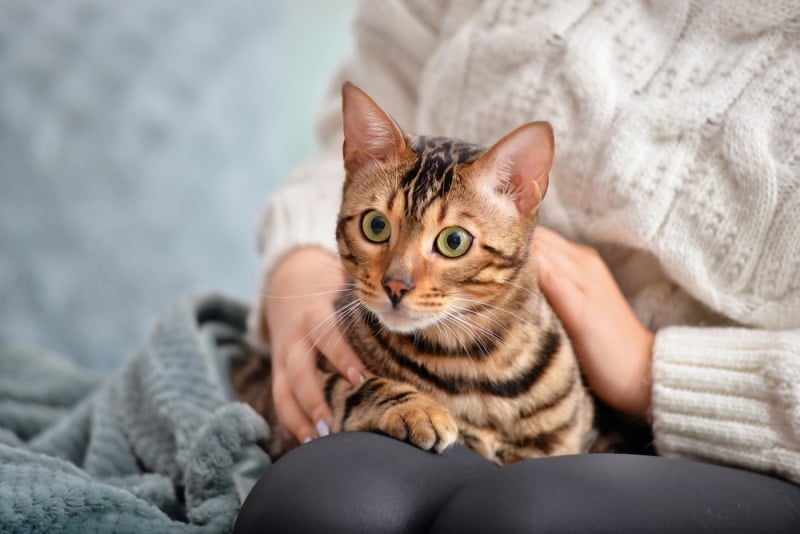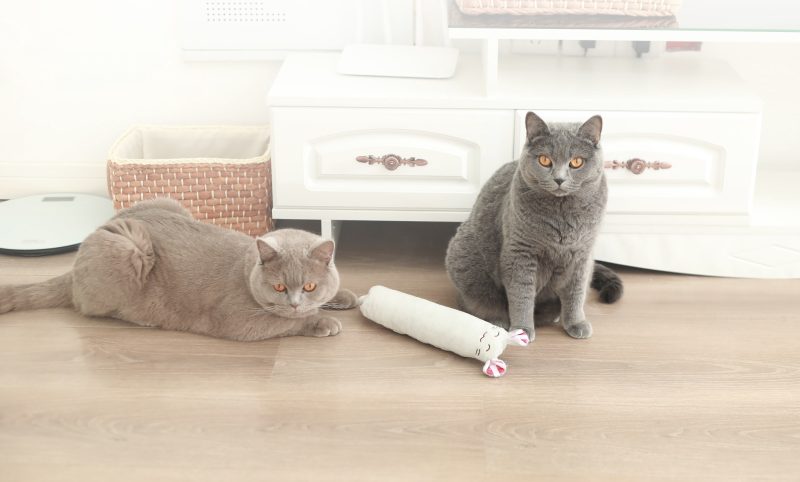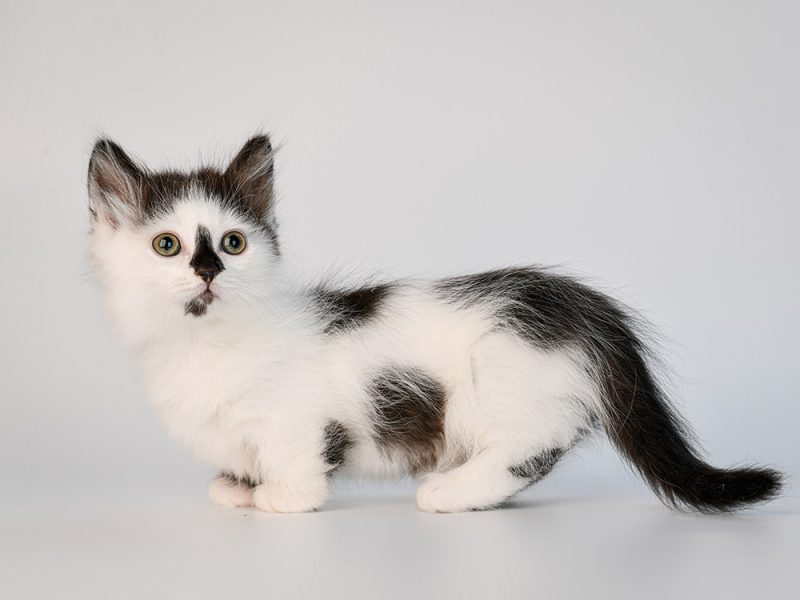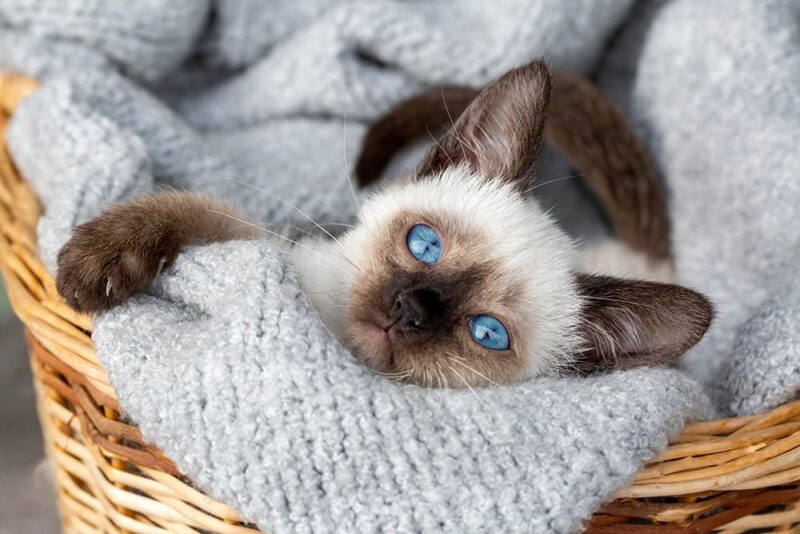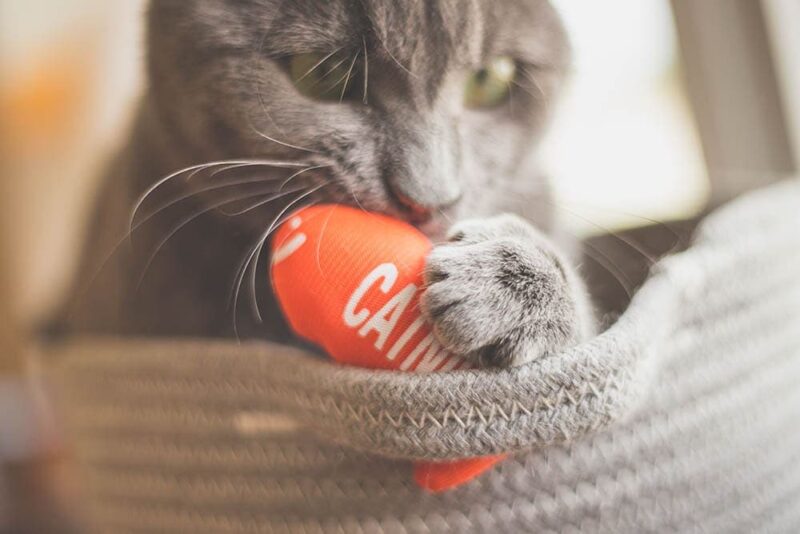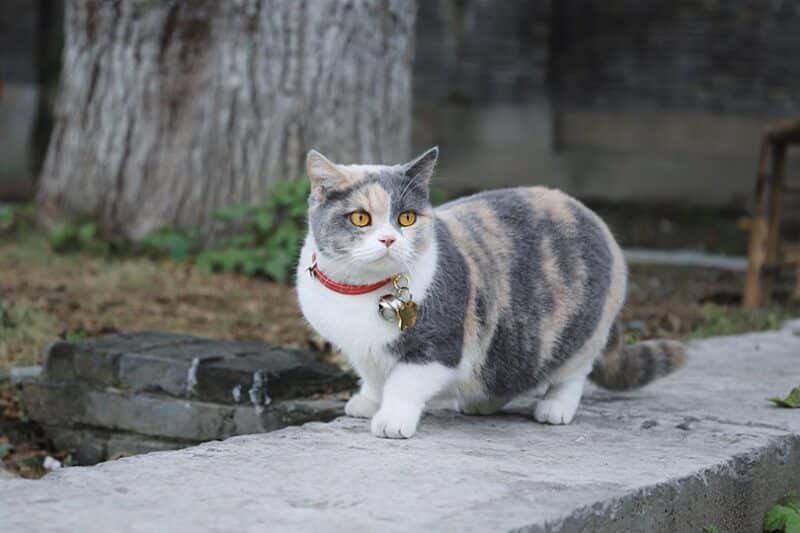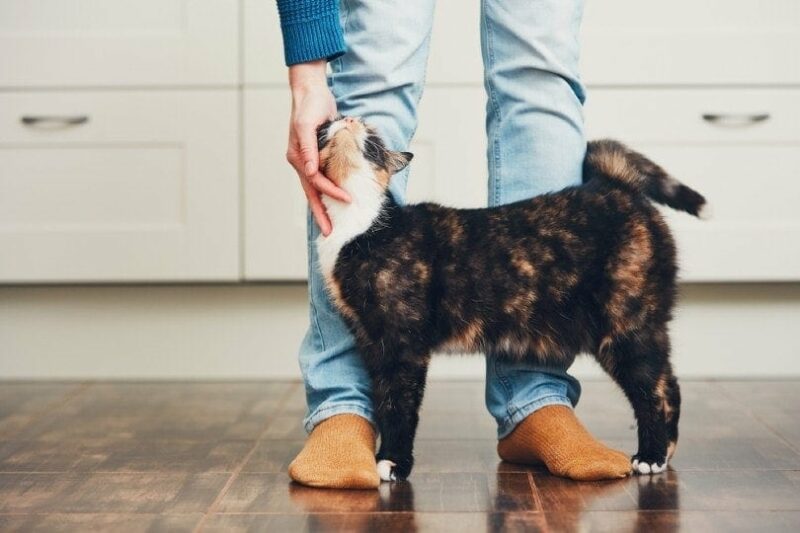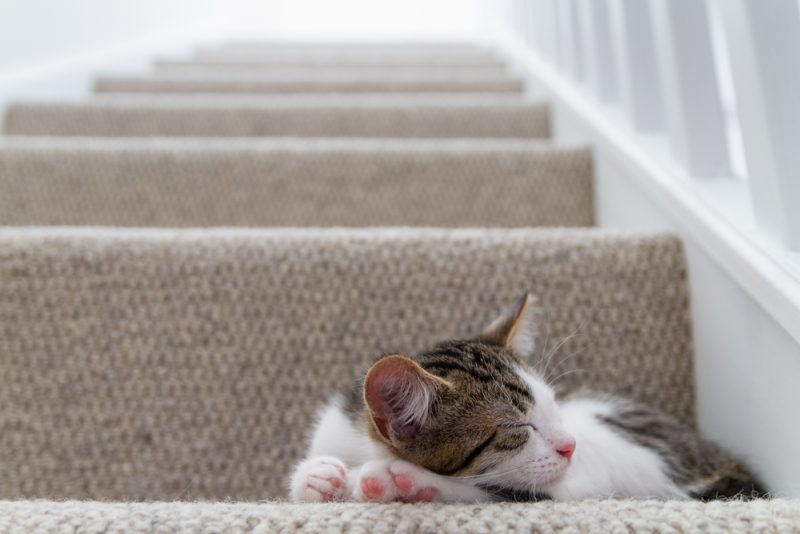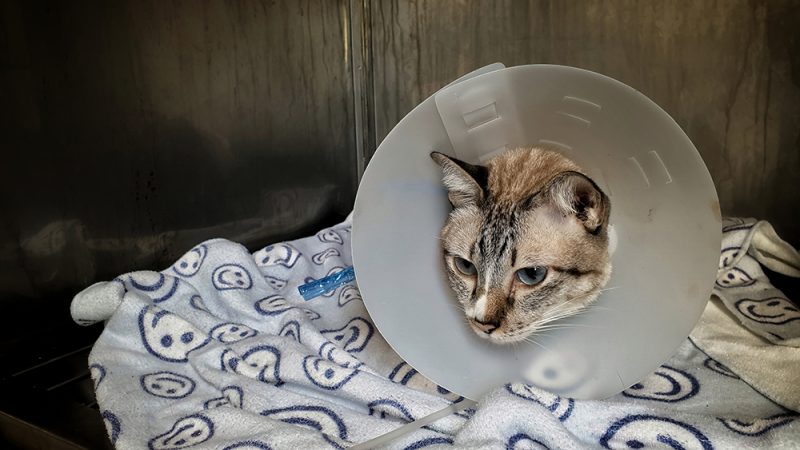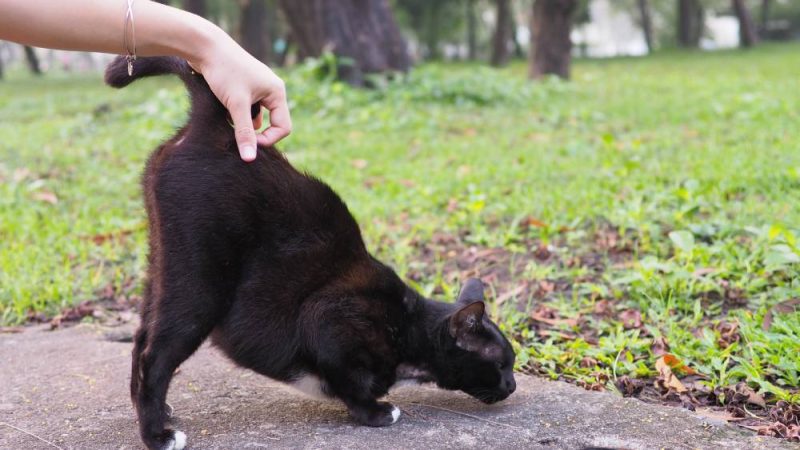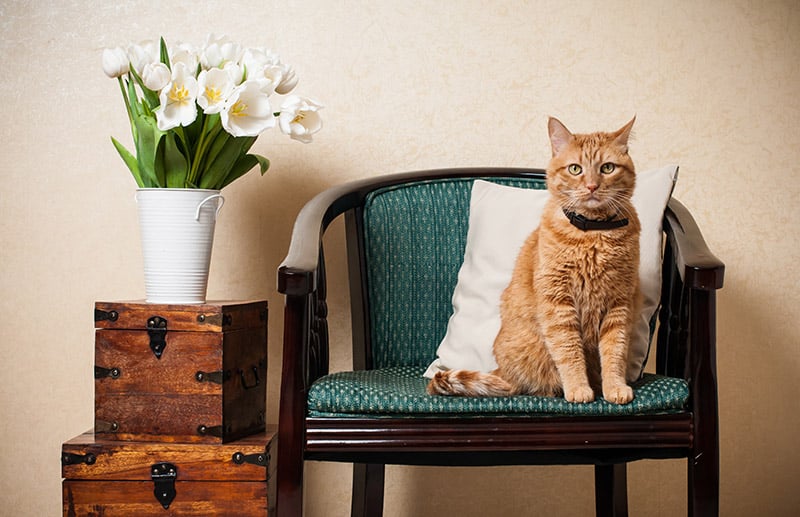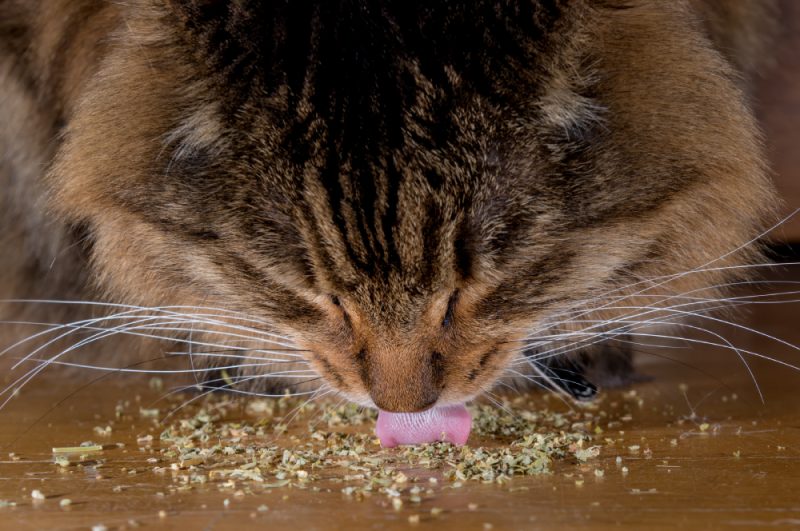Nothing beats having a sleeping cat curled up on your lap while you enjoy a television show or sit by a roaring fire. However, not all cats are “lap cats,” so it may take some work to get them to feel comfortable as your snuggle buddy.
If you want to turn your cat into a lap cat, here are some tips to help things go smoothly.

Before You Start: Supplies You’ll Need
- Treats
- A comfortable chair or couch
- No distractions for you!

The 6 Tips to Help Make Your Cat a Lap Cat
1. Create a Secure Environment
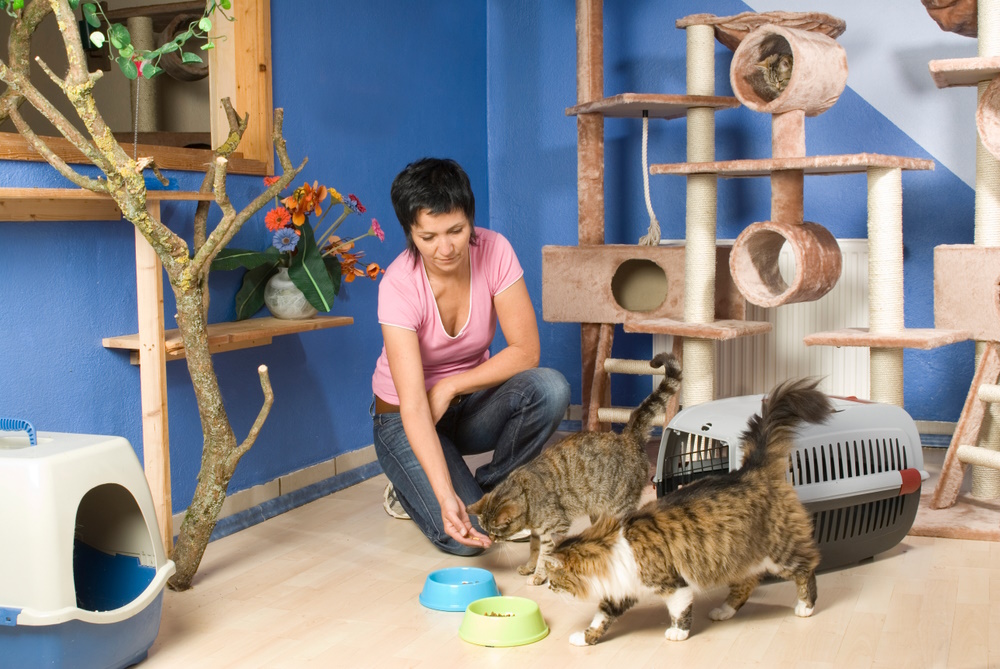
Cats need to feel safe to relax. If your home is chaotic and a source of stress, your cat may not feel confident sleeping deeply on your lap instead of in a secure hiding spot. This is especially true in multi-cat households.
Consider your home environment and whether you could do more to provide structure and security. Do you need more cat perches or hiding places to help your cat feel safe? Are there conflicts between cats that create stress? These things can impact whether your cat feels secure enough to relax with you or anywhere in your home.
2. Be a Source of Calm
If you want your cat to settle on your lap, you need to be in a calm spot. If you’re constantly getting up, reaching for your phone, or fidgeting, that doesn’t help an insecure cat feel safe. Keep your voice soft if you’re using your phone or talking to others in the room. Turn off notifications on your phone so you’re not startling your cat with sudden loud noises.
Keep in mind that your past behaviors may have affected your cat’s being around you. For example, if you’ve scolded your cat or swatted them away for coming up on the couch or climbing onto your lap when it wasn’t a good time for you, they may not understand that it’s acceptable to do it now. Be consistent in your interactions and try to build positive associations.
3. Offer Rewards
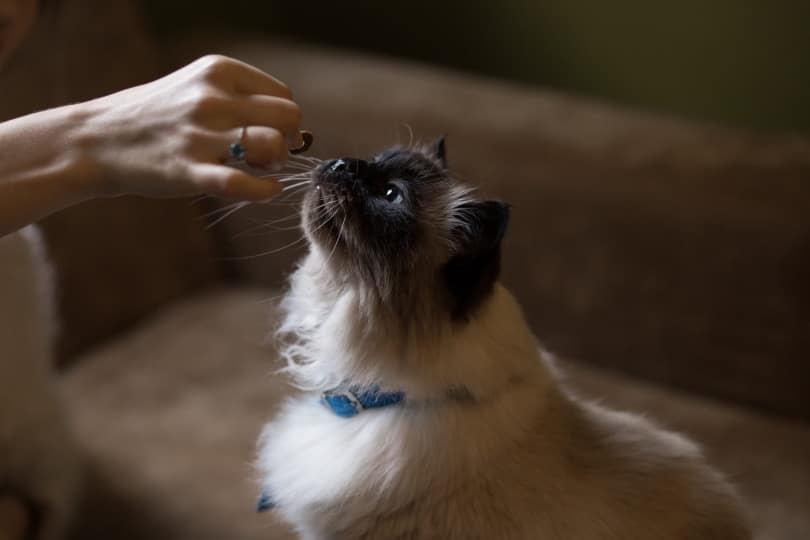
If your cat is particularly standoffish or uncomfortable, it may take some time, patience, and bribery to get them on your lap. Keep a supply of treats on you and toss them on the floor. If your cat goes for them, toss a treat on the couch. Work on getting your cat closer and closer until they’re on your lap.
Avoid touching your cat during this exercise. If your cat isn’t sure, the last thing they want is to be forced into cuddling. Let them feel like they have complete freedom to come to you or leave as they choose.
4. Read Body Language
Cat body language can be difficult to interpret. It’s easy to assume a cat coming up to you wants petting, but that’s not always the case. Your cat may be asking for food or wanting to play, not looking for a cuddle session.
If your cat settles on your lap and displays behaviors like meowing, skin twitching, tail flicking, or shifting ears, they may be irritated. This could be because you’ve started petting them when they didn’t want to, which can quickly turn into petting-induced aggression and a reluctance to lay on your lap in the future.
5. Don’t Take Advantage of the Opportunity
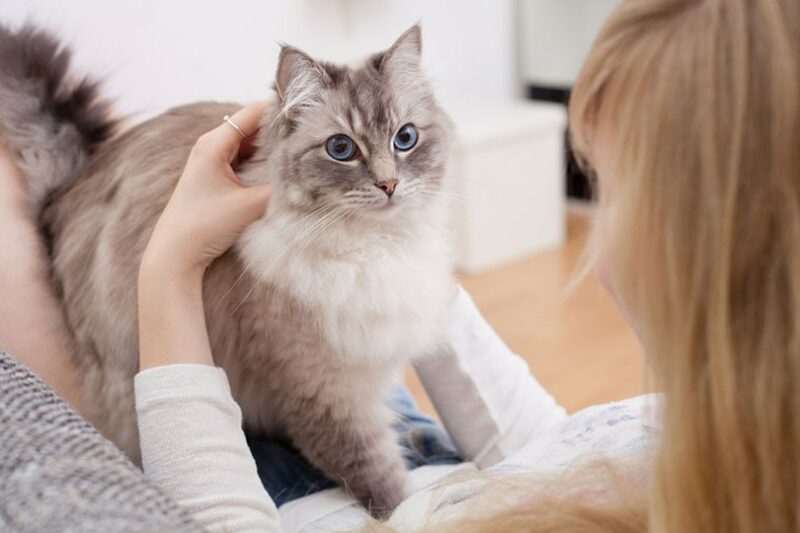
If you’re trying to convince your cat that your lap is safe and secure, don’t take advantage of that trust by using it as an opportunity to do something unpleasant like trimming nails, brushing, or giving medication. That’s a good way to ensure that your cat doesn’t feel safe snuggling with you in the future.
6. Let It Be Your Cat’s Idea
Cats can be independent and willful. Let everything, from your cat coming to you to choosing when to leave, be their idea. Don’t initiate petting if your cat isn’t asking for it, and never restrain your cat in that position. Let them know that they can come and go as they wish, which will make them feel safe coming back when they want to.
Even if you only get a short time with your cat in your lap, consider it a blessing and make it positive. You may find that your cat lays on you more and more each time.

Why Don’t All Cats Like Cuddling?
Genetics play a role in how much your cat likes to snuggle. Kittens that come from friendly parents may be more inclined to curl up on your lap, while others are more aloof and prefer some distance.
Socialization, which should occur between two and seven weeks of age, is important for kittens. Regular handling during this period builds trust and improves the likelihood of them being social adults.
Still, just like people, some cats just aren’t the most affectionate. It may not be how you want your cat to behave, but it’s best to just enjoy the unique way your cat shows their love and affection.

Conclusion
Some cats are naturally affectionate and want to be planted on their owner’s lap. If yours isn’t, you can encourage that behavior using these tips to make it a positive, relaxing experience and, more importantly, always your cat’s idea. With time and patience, your cat may become so attached that they jump to your lap every time you sit down.
Featured Image Credit: Pixel-Shot, Shutterstock
